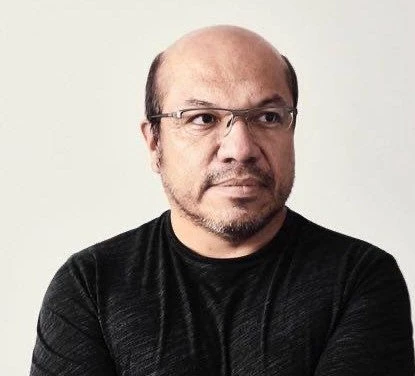 Mujer salvadoreña emprendedora preparando pupusas
Mujer salvadoreña emprendedora preparando pupusas
El Salvador has made outstanding progress in eradicating poverty in recent years. Despite this welcome performance, the goal of totally eradicating poverty nevertheless remains elusive, and the country is still faced with a series of complex poverty-related challenges.
At the global level the eradication of poverty is also an urgent key issue. It is a well known fact that condemning the poorer sectors of any population to poverty is unsustainable in countries that need economic growth and social stability. Long term development substantially depends on progress trickling down to the entire population.
In October this year the United Nations General Assembly highlighted the need to fight poverty and indigence on a global scale, specifically focusing on the fact that all people deserve to have the means to provide themselves with a life lived with dignity: both a moral imperative and a requirement for ensuring the sustainability of any economic program.
In El Salvador, between 2009 and 2019, the percentage of the population living below the poverty line fell by an impressive 22 percentage points, while the middle classes expanded by 13 percentage points , according to the World Bank’s poverty and inequality analysis platform. In the years 2000 and 2021, El Salvador became the fifth country in Latin America and topped the list in Central America, with the highest level of progress made in poverty reduction .
While this achievement is no doubt praiseworthy, we can never lose sight of the fact that the country still faces very significant challenges. The poverty rate in El Salvador remains one of the highest in Latin America (28.4% according to 2021 World Bank data). More shocking is that 1.8 million Salvadorans are living in poverty, without access to basic food requirements. It is noteworthy that the extreme poverty rate in El Salvador increased during Covid-19 and has failed to reduce ever since.
Furthermore, 40% of the Salvadoran population (2.5 million people) is in a situation of vulnerability, with many of them earning between US$ 6.85 and US$14 per day . These incomes do not classify them as “officially poor”, but puts such people at high risk of falling into poverty nevertheless. Unexpected economic shocks such as losing one’s job, suffering an accident or illness, or even a climatic or other natural event, could trigger a person’s swift decline into poverty.
This reality applies to four out of ten Salvadorans, demonstrating the fragile nature of the progress being made in the struggle against poverty, while at the same time highlighting the need to:
- Strengthen public services.
- Improve social protection systems.
- Invest in the development of human capital and productivity.
While the abovementioned pandemic slowed rates of poverty reduction it also shed light on many of these structural shortcomings.
To restore momentum and get on with overcoming poverty, a vital need is to have a profound knowledge of the nature and deeply-rooted causes of the problem,especially within the context of El Salvador. In this regard the World Bank carried out two poverty and income inequality assessments in 2005 and 2015.
New assessment on poverty in El Salvador
The time has come to carry out a third assessment, scheduled for 2024. This update will provide the Salvadoran authorities with more accurate data to enable them to prepare and implement better public policies. These policies will in turn boost the effectiveness of poverty reduction efforts as well as leading to a fairer distribution of wealth.
This kind of diagnosis needs to analyse the different sources of income of Salvadoran households, such as money earned from employment, family remittances, pensions and government cash contributions. In addition, the study must look carefully at the risks that cause families to fall into poverty (job losses, serious illness or climate-related damage). It is essential during the diagnostic process to adopt a transversal approach that takes into account both territorial and gender issues.
This must be a collective effort involving all sectors of Salvadoran society in the preparation of the assessment, discussion of the results and naturally in the design of future policies. The study is particularly important at a time when the country is embarking on an ambitious medium-term process of poverty reduction focused on integration.
Although eradicating poverty is a responsibility of governments, it is a goal shared by all of society . To progress towards achieving this goal, this shared desire must be translated into concrete action by everyone concerned.
To receive a weekly article,
Related articles




Join the Conversation